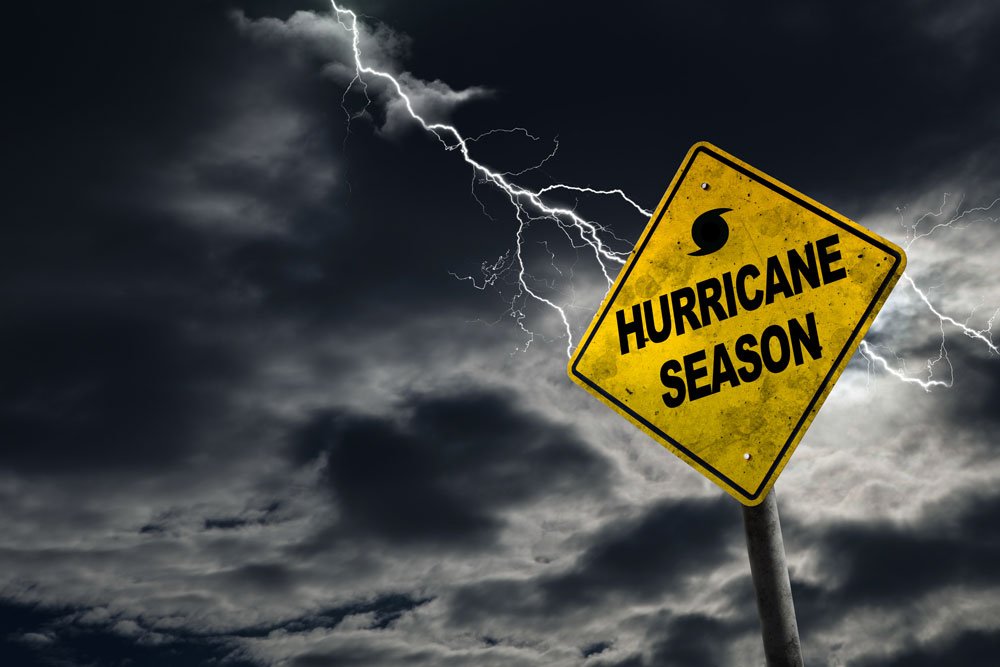
June 1 marked the first day of hurricane season
Austin, TX – Hurricanes are traditionally not a direct threat for residents in Central Texas; however, the effects as they reach the Gulf Coast can undoubtedly be felt by many in the region during hurricane season.
As hurricanes move inland, storms that spinoff can produce significant flooding, hail, strong winds, and tornadoes that result in severe damage.
“While we don’t necessarily prepare for hurricane season in the same way as the Gulf Coast region, the weather produced by hurricanes can still have a significant impact on our community,” the Director of the City of Austin Office of Homeland Security and Emergency Management, Juan Ortiz, said. “We need individuals to plan and prepare now, ahead of potential severe weather, and not after the fact. Emergency preparedness not only saves lives but makes our community that much more resilient.”
Make a plan, build a kit, and stay informed
Make a Plan — Make an emergency plan for your household and practice it once a year. It is vital to be emergency prepared by knowing and sticking to a plan – emergency kits and warnings don’t help without a plan for when and how to take action. Residents should:
- Know if they are in a flood-prone area – flash flooding is the biggest threat for Austin when a hurricane reaches the Gulf Coast.
- Learn evacuation routes – know where to go and how to get there as familiar roads may be blocked or flooded.
- Keep essential documents gathered and prepared if immediate evacuation is needed.
Build a Kit — Residents should build an emergency kit with proper supplies before the disaster happens. When creating an emergency kit, it is important to prepare up to potentially seven days and include items such as:
- Water (one gallon per person per day for drinking and sanitation)
- Food (non-perishable food), and manual can opener
- Basic first-aid kit and 7-day supply of medications/medical items
- Pet supplies (leash, collar, food, water, and documents)
- Important documents in a watertight bag, and family/emergency contacts
- Cell phone, chargers, flashlight, and extra batteries
- Battery-powered or hand-crank radio and a NOAA Weather Radio with tone alert
- Sanitation/personal hygiene items and blankets
- Wrench or pliers (to help with the turning of utilities or other items)
Stay Informed — While having a plan and an emergency kit are essential steps, staying weather-aware is critical to emergency preparedness. Residents should ensure they can receive alerts to know if they need to take immediate action.
Warn Central Texas, a 10-county regional notification system established by the Capital Area Council of Governments, is a free system that provides warnings and other critical information through text, phone, and email to residents for their neighborhood.
Preparation is at the forefront this season after the 2020 hurricane season produced a record number of hurricanes and a devastating Category 4 that significantly damaged many homes and properties along the Gulf Coast.
Preparation is at the forefront this season after the 2020 hurricane season produced a record number of hurricanes and a devastating Category 4 that significantly damaged many homes and properties along the Gulf Coast.
Director Ortiz added, “If our community remains resilient during natural disasters by being emergency prepared, we are in a much better position to be able to help other communities as we saw during Hurricane Laura by being able to shelter over 3,000 evacuees.”






